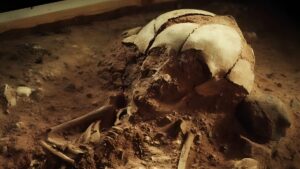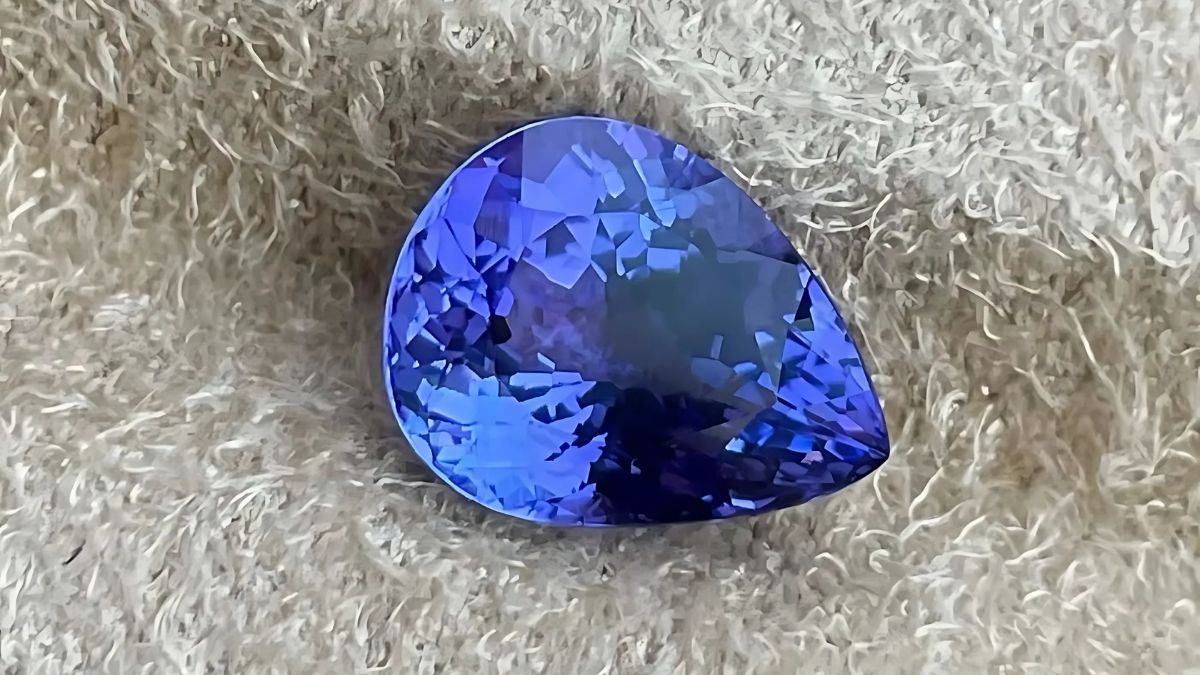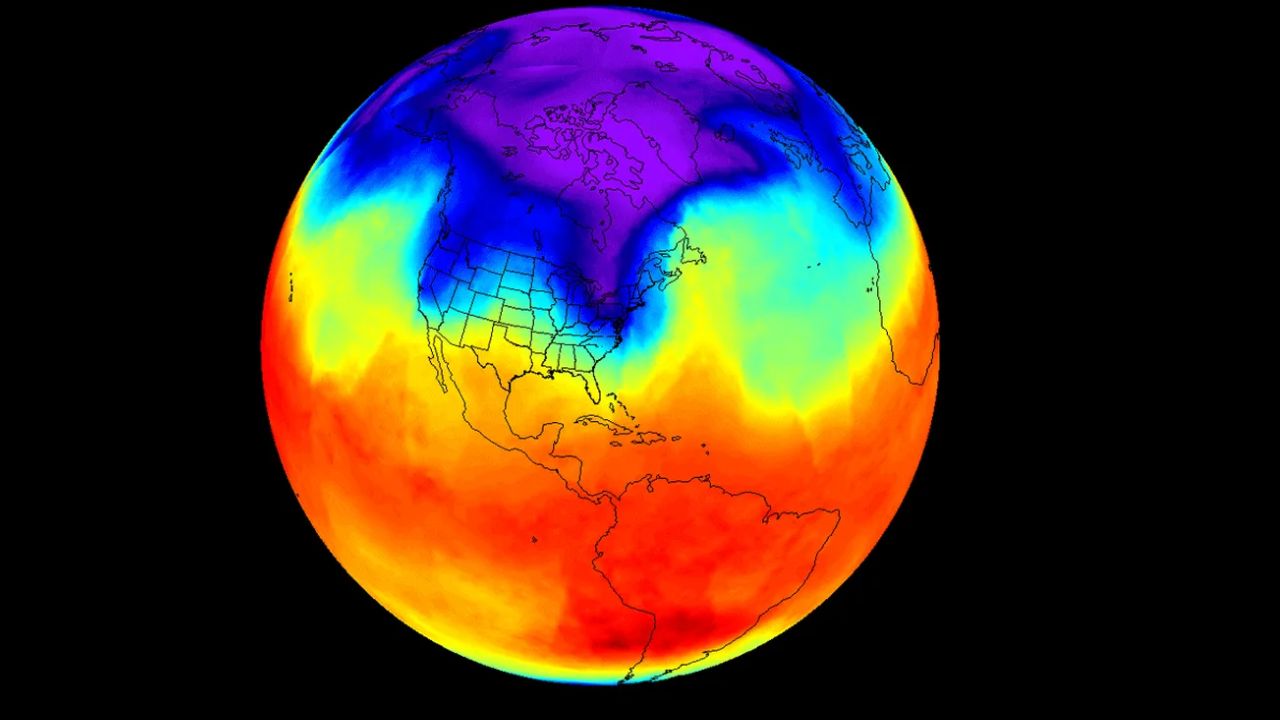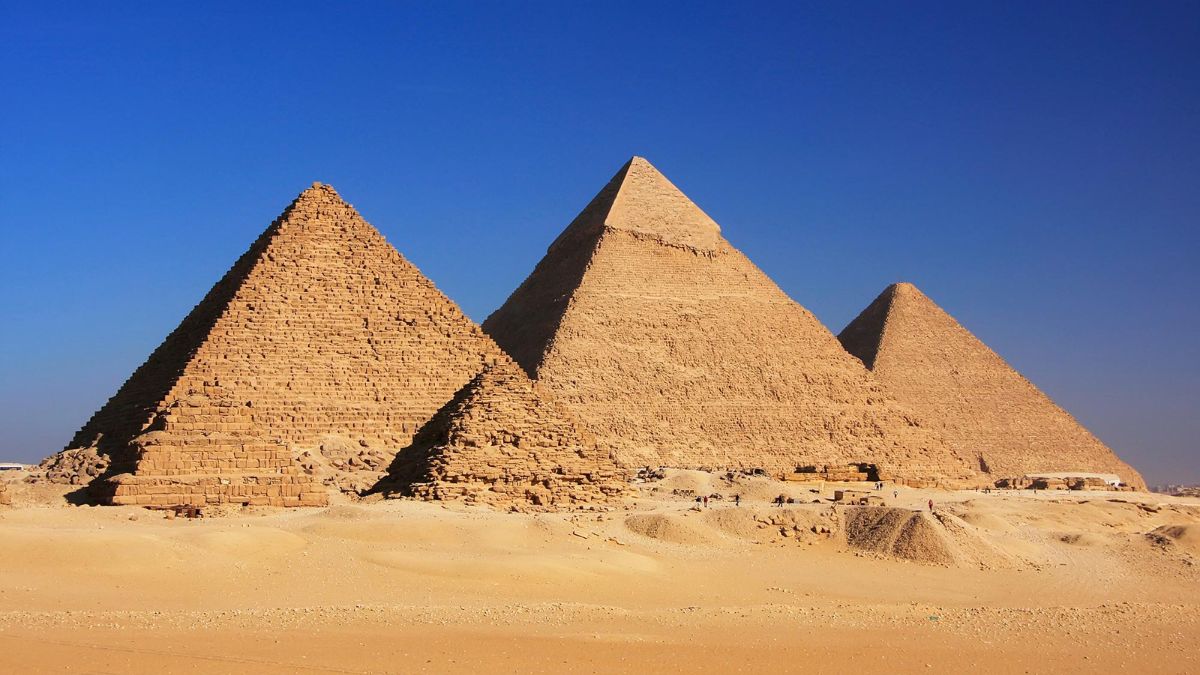The James Webb Space Telescope has once again outdone itself, revealing an image that’s not only visually stunning but potentially revolutionary. The telescope captured a deep-space collision nicknamed the “Infinity Galaxy,” and it’s making astronomers question everything they thought they knew about how supermassive black holes form. If you’re not familiar with this cosmic enigma yet, buckle up. This could reshape our knowing of the early universe.
Discovery
At first glance, the image looks like a cosmic piece of art. Two brilliant red galactic cores locked in a symmetrical dance, surrounded by luminous rings that form an unmistakable infinity symbol. Pretty? Definitely. But the real magic lies beneath the surface. Nestled between these colliding galaxies is something far more interesting—a dense, bright cloud of gas that seems to be collapsing into what scientists believe is a newborn supermassive black hole.
That’s right. Not a regular black hole, the kind formed when massive stars die. We’re talking about a supermassive black hole, the kind that sits at the heart of galaxies—including our own Milky Way—and has millions or even billions of times the mass of our sun.
Collapse
This brings us to the real scientific bombshell: the theory of direct collapse. For decades, astrophysicists have debated how such enormous black holes could have formed so early in the universe’s history. Traditionally, they were thought to grow over time by merging smaller black holes or by slowly feeding on gas and stars.
But the timeline never quite added up. Some black holes were simply too big, too fast.
The direct collapse theory suggests that under the right conditions, massive clouds of gas could skip the slow-growth process and collapse directly into a supermassive black hole. No stars, no supernovae, just a gravitational freefall on a cosmic scale. That’s exactly what Webb’s latest image seems to support.
Collision
According to the team of scientists, led by Pieter van Dokkum, the key lies in the collision of the two galaxies. When they crashed into each other, the immense gravitational forces compressed the gas between them into an ultra-dense region. That’s the likely birthplace of the black hole we’re now seeing form.
This sort of galactic pile-up is like mixing chemicals in a cosmic lab. It creates the extreme conditions needed for a direct collapse—pressure, heat, density—all in one place. And thanks to Webb’s ability to see in infrared, we’re finally able to observe it happening in real-time… or at least, as it happened billions of years ago.
Symbolism
The image has already been dubbed the “Infinity Galaxy,” not just because of its shape, but because of what it symbolizes: endless possibilities in our understanding of the universe. Like a cosmic Mobius strip, it loops together past theories and future discoveries, challenging long-held beliefs about how structures in space evolve.
To the untrained eye, it might look like two galaxies hugging in the dark. But in reality, it’s a battlefield—a violent interaction that just might have birthed one of the most powerful objects in the cosmos.
Evidence
While researchers aren’t making final claims just yet, the evidence is mounting. And more importantly, alternative explanations are losing ground. Earlier theories about black hole formation via stellar collapse or long-term accretion don’t hold up well when we look at how quickly these objects appeared after the Big Bang.
This new observation gives direct collapse a major boost. It’s not just a hypothetical scenario anymore—it might be the real deal, captured in action for the first time.
Here’s a quick comparison to put things in perspective:
| Theory | Formation Method | Growth Time |
|---|---|---|
| Stellar Collapse | Star death → black hole → slow growth | Billions of years |
| Black Hole Mergers | Small BHs merging over time | Long and complex |
| Direct Collapse | Gas cloud collapse into BH | Fast and massive |
Implications
If this theory holds, it means supermassive black holes could form much faster than we thought. That changes how we understand early galaxies, star formation, and maybe even how matter organizes itself after the Big Bang.
It also means we need to rethink a lot of our cosmic timelines. What else have we underestimated? Could there be other direct-collapse black holes hiding in similar galaxies? Probably. And now, we know how to look for them.
Future
The Infinity Galaxy has now become a focus point, a kind of cosmic laboratory where scientists will test new theories and analyze data further. With every update from Webb, we get closer to confirming what this gas cloud really is. If it’s truly a direct-collapse black hole, it might rewrite not just textbooks, but our entire understanding of galactic evolution.
And the best part? This is just the beginning. James Webb isn’t done. With each new image, it peels back layers of the universe we never even knew were there. It’s like opening a mystery box that just keeps giving.
The universe has always been full of surprises. Now, we finally have the right tool to uncover them.
FAQs
What is the Infinity Galaxy?
A galactic collision seen by JWST that may show black hole formation.
What is direct collapse theory?
It suggests black holes form directly from gas clouds, not stars.
Why is this discovery important?
It supports a faster way black holes could have formed early.
How big are supermassive black holes?
They can be millions or billions of times the mass of our sun.
Who discovered the Infinity Galaxy?
It was studied by Pieter van Dokkum and his research team.



















